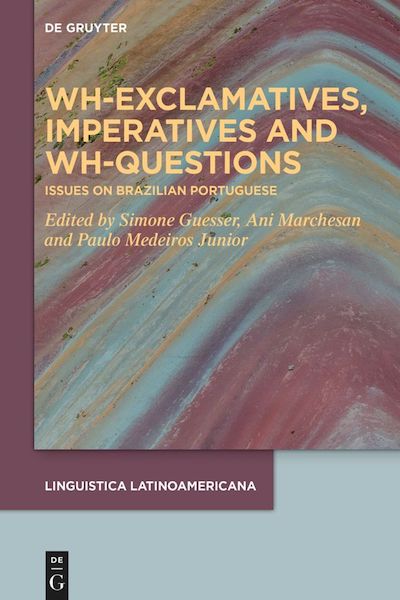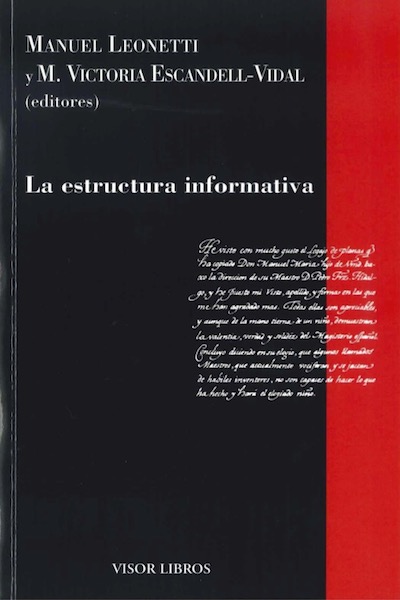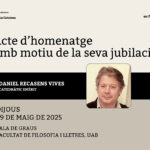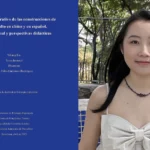15 febrer, 2024
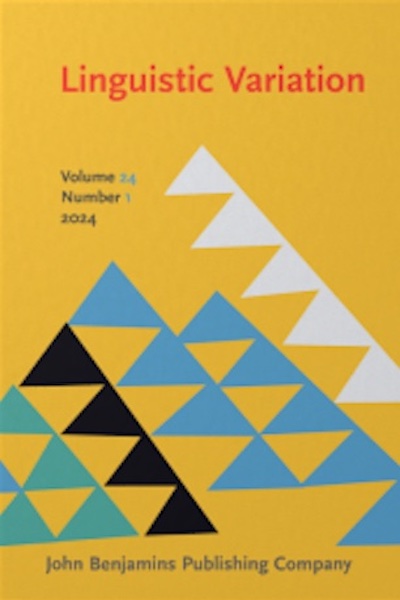
Autors:
M.Teresa Espinal, Cristina Real-Puidgollers i Xavier Villalba
Títol:
From a movement verb to an epistemic discourse marker. The diachronic change of Spanish 'vaya'Editorial: Linguistic Variation (John Benjamins)
Data de publicació: Febrer del 2024
Pàgines: 36 Més informacióBesides its main use as a form of the movement verb ir ‘to go’, the Spanish form vaya (lit. go) is also used as a verbal discourse marker. Here we trace this transition from a purely verbal form to a discourse marker by searching a historical corpus of documents in Spanish, which reveals the increasing use over time of vaya in exclamatives to replace a presentational construction. We focus on vaya in isolation and in combination with an indefinite DP or a bare NP. We analyze the meaning of vaya as an epistemic discourse marker, by means of which the speaker expresses a judgment, a subjective epistemic and evidential evaluation of a proposition accessible from context. We postulate that these constructions sit in a Judgment Phrase at the syntactic-pragmatic interface (Krifka 2020), a position to which vaya also moves when its meaning is that of an expressive intensifier that directly modifies over one or more (contextually salient) properties of the noun contained in the DP/NP.
8 febrer, 2024
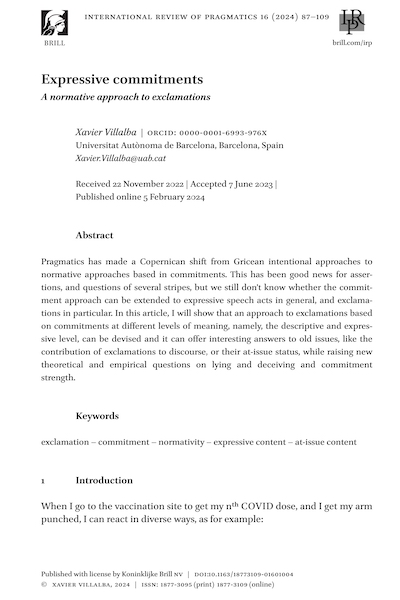
Autors:
Xavier Villalba
Títol:
Expressive commitments: A normative approach to exclamationsEditorial: International Review of Pragmatics (Brill)
Data de publicació: 5 de febrer del 2024
Pàgines: 22 Més informacióPragmatics has made a Copernican shift from Gricean intentional approaches to normative approaches based in commitments. This has been good news for assertions, and questions of several stripes, but we still don’t know whether the commitment approach can be extended to expressive speech acts in general, and exclamations in particular. In this article, I will show that an approach to exclamations based on commitments at different levels of meaning, namely, the descriptive and expressive level, can be devised and it can offer interesting answers to old issues, like the contribution of exclamations to discourse, or their at-issue status, while raising new theoretical and empirical questions on lying and deceiving and commitment strength.
6 març, 2022

Autors:
Xavier Villalba
Títol:
The Functional Structure of Infinitive Relatives in Romance. Consequences for the Cartographic ApproachEditorial: Annali de Ca' Foscari, Venice University Press
Data de publicació: 31 agost 2022
Més informació
Text completIn this article, we will show that the modal properties of infinitive relative clauses are a direct consequence of their defective functional periphery, namely that they just project a FinP in the case of prepositional relatives, but up to ForceP in wh-relatives. While this truncation analysis helps us explain the special properties of infinitive relatives, it offers new insights into the standard analysis of in situ focus as covert movement to FocP and of right-dislocation as left-dislocation plus remnant movement of TP.



